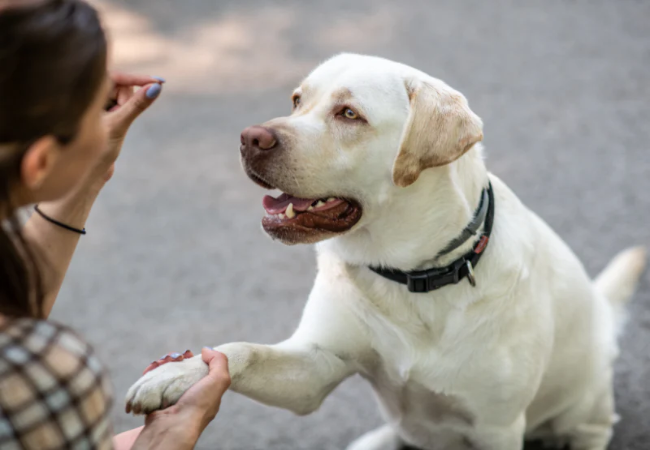Leash Reactivity in Dogs 2025: Vet Reviewed Guide to Understanding, Training & Support 🐶

In this article
Leash Reactivity in Dogs 2025: Vet Reviewed Guide to Understanding, Training & Support 🐶
By Dr. Duncan Houston BVSc
Leash reactivity—barking, lunging, snarling on walks—can be stressful, but it often stems from fear, frustration, or limited socialization rather than aggression. With the right training, you can turn walks back into positive, calm routines. Let’s explore causes, step-by-step strategies, gear, and the tools that help, including Ask A Vet,
1. 🧩 What Is Leash Reactivity?
Leash reactivity isn’t always aggression—it’s often a defensive or frustrated response to stressors while restrained. This behavior may signal a past scare, inability to greet, or protective instincts.
2. Why It Happens: Common Triggers
- Fear or anxiety: past bad experiences or lack of social exposure.
- Barrier frustration: wanting to approach but being held back triggers outbursts.
- Lack of early socialization: unfamiliar stimuli provoke reactions.
- Punishment history: aversive experiences may exacerbate reactivity.
3. 🛠 Evidence-Based Training Methods
• Buffer Zone & Sub-Threshold Exposure
Maintain a distance where your dog notices triggers without reacting. Walk away, cross streets, duck behind cars or use long leashes until your dog can calmly focus on you.
• Desensitization & Counterconditioning
Pair gradual exposure with rewards. Click—and treat—each time your dog sees a trigger calmly, then slowly reduce distance. It rewires emotion from fear to positive.
• Engage–Disengage Training
Teach your dog to look away from a trigger, quickly marking and rewarding the distraction. Build this into structured sessions to reinforce focus.
• Teach Eye Contact & “Look” Command
Train your dog to make eye contact on cue when a trigger appears, enhancing focus and self-control.
• Leash Handling & Body Position
- Keep leash loose to avoid transmitting tension.
- Position yourself between your dog and the trigger to buffer sensory input.
• Practice in Controlled Environments
Start indoors or in a quiet space before tackling real-world distractions.
4. 👥 Community Strategies & Real-Life Tips
- Use longer lead distances (e.g., 20 ft) for early training—then shorten as focus builds.
- A Reddit user shared personal success: > “Best thing that worked for us was buying a 20 ft leash and allowing him to observe other dogs from a distance … Now we’re at the point … even if there is tension he has learned how to regulate”.
- Another commenter taught a “flight cue,” respecting their dog’s choice to step away from the trigger.
5. 🧾 Training Tools & Supportive Gear
- Ask A Vet app: access expert behavioral coaching and tailored plans.
6. 🔁 Step-by-Step Training Plan
- Identify your dog’s buffer distance.
- Teach a marker and “look” command indoors.
- Outdoors: reward every calm noticing of a trigger.
- Gradually close distance over days/weeks, never losing composure.
- Track progress with logs in Ask A Vet.
- Review and refine with a certified trainer or consultant.
7. 🚨 When to Seek Professional Help
- Persistent or worsening reactivity.
- Signs of extreme fear—trembling, cowering, aggression.
- Don't manage alone if danger exists for your dog or others.
Professional behaviorists or certified humane-based trainers can safely guide long-term rehab.
8. 🧠 Why It Takes Time
Training reactivity shifts emotional wiring. It takes consistency, patience, and time. As one Redditor said, “Training is a long road… but it gets easier.”
9. ✅ Key Takeaways
- Leash reactivity often signals fear or frustration, not aggression.
- Use buffer zones, rewards, and gradual exposure to reframe triggers.
- Teach focus and respect via markers, flight cues, and eye contact.
- Calm gear, mental enrichment, and professional support empower progress.






